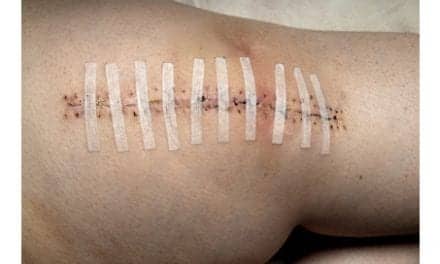Knee replacement surgery is considered one of the most effective and predictable procedures in orthopedic surgery today. Hundreds of thousands of patients opt for the procedure each year to relieve arthritis pain and restore function and mobility, but it’s not usually with a cementless knee replacement.
The standard knee implant used in joint replacement generally lasts a long time—15 years—but it doesn’t last indefinitely. When the implant wears out or loosens, patients generally need a second knee replacement, known as a revision surgery. Now a newer kind of “cementless” knee replacement could change that, according to Geoffrey Westrich, research director emeritus in the Adult Reconstruction and Joint Replacement Service at Hospital for Special Surgery.
Cementless Knee Replacement for Younger Patients
Implant longevity is an important consideration, especially for younger patients with arthritis who opt for joint replacement to maintain their active lifestyle. “Increasing numbers of people in their 50s and even 40s are coming in for joint replacement because they don’t want arthritic knee pain to slow them down. Once they have a knee replacement, these active patients generally put more demands on their joint, causing more wear and tear,” Westrich explains. “With a conventional cemented prosthesis, chances are they’ll need another surgery down the road. This often has to do with loosening of the implant.”
In a standard knee replacement, the components of the implant are secured in the joint using bone cement. It’s a tried-and-true technique that has worked well for decades. But eventually, over time, the cement starts to loosen from the bone and/or the implant. “With the new cementless prosthesis, the components are press fit into place for “biologic fixation,” which basically means that the bone will grow into the implant. Perfect positioning of the implant is critical, and we use robotic guidance for pinpoint accuracy,” Westrich explains.
Advances in Cementless Implant Design and Technology
Westrich believes that with biologic fixation, implant loosening over time will be less likely and a total knee replacement could potentially last much longer, even indefinitely. “Cementless implants have been used in total hip replacement surgery for many years,” he says. “Because of the knee’s particular anatomy, it has been much more challenging to develop a cementless prosthesis that would work well in the knee.”
Westrich now believes the time has come. Major advances in design, technology and biomaterials have paved the way for a viable cementless knee implant. The cementless knee system Westrich utilizes is FDA‐approved for use with the MAKO Robot, combining two of the most recent knee replacement advancements into one high-tech procedure that aims to benefit patients.
Candidates for the cementless procedure are generally patients under 70 with good bone quality to promote biological fixation. In addition to younger patients, Westrich notes that the cementless implant may also prove to be a good option for very overweight patients who tend to put more stress on their joint replacement.
To date, Westrich has seen good results with the cementless prosthesis. However, he says more studies are needed to see how patients with cementless knee replacements do over the long term.





